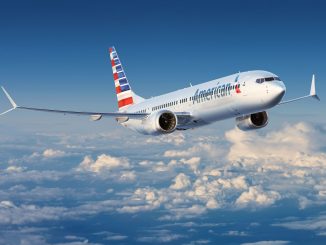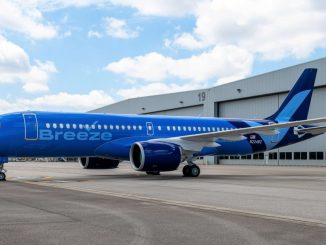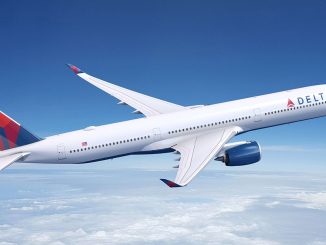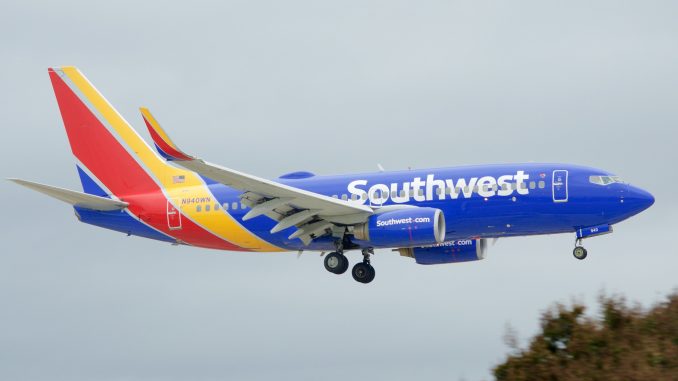
The US National Transportation Safety Board (NTSB) has released an Investigative Update on the investigation into the accident of Southwest Airlines flight 1380 which occurred on 17th April 2018. The scheduled flight form La Guardia, New York to Dallas Love Field, Texas made an emergency landing at Philadelphia International Airport after the Boeing 737-7H4 (registration N772SW) suffered an uncontained engine failure of its left engine. One passenger was killed in the incident when a piece of engine shrapnel punctured a window and triggered a rapid decompression.
The incident
In the release, the NTSB states that the cause of the engine failure was the detachment of the number 13 fan blade from its dovetail attachment, due to metal fatigue. The 300g, 30cm fan blade caused the engine to fail catastrophically, shedding fragments through the fan casing which is designed to withstand such an failure. The engine in question, a CFM-56-7B had operated over 32,000 engine cycles since new, and had been maintained properly. The NTSB says they are working to see if there can be improvements made to the fan blade inspection process, set in place to identify the early signs of any fatigue and prevent a blade failure.
The damaged engine pieces caused damage to the wing, fuselage and horizontal stabilizer assembly. Window 14 on the left side of the aircraft was impacted by engine debris, and in turn the passenger sitting in the adjacent seat was found by crew to be half ejected through the window. She was pulled back inside the aircraft, however she suffered fatal injuries. The flight data recorder (FDR) showed that when the engine failed, the aircraft rolled 40 degrees to the left before the crew could counter the roll.
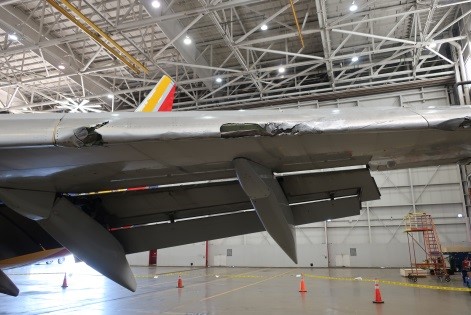
The crew are said to have followed the correct procedures and made a safe emergency landing at Philadelphia International Airport, without any further incident.
Recommendations
As a result, the NTSB have issued seven recommendations. Five to the Federal Aviation Administration (FAA) and one each to both the European Aviation Safety Agency (EASA) and Southwest Airlines.
The recommendations include that Boeing should redesign the engine casing of the CFM56-7B engine of the 737 Next Generation family (737 NG), based upon the fail points found in this incident and the damage caused. Boeing is then advised to install this design on all new aircraft, and operators to retrofit their fleets of Boeing 737 NGs with the redesigned casing.
If the recommendation is made into an airworthiness directive by the regulatory authorities, the knock-on-effect could be monumental, as a total of just over 7,000 Boeing 737NG family aircraft have been built.
This comes at a troubling time for Boeing, with the world watching as the most successful aircraft family in history suffers more scrutiny than any other aircraft before. It’s latest generation Boeing 737 Max is grounded globally, following two fatal accidents owing to design flaws in the aircraft. A second issue has recently been found on 737 NG aircraft where the wing assembly ‘pickle forks’ are cracking in one third of their designed lifespan.
Matt is a Berlin-based writer and reporter for International Flight Network. Originally from London, he has been involved in aviation from a very young age and has a particular focus on aircraft safety, accidents and technical details.

